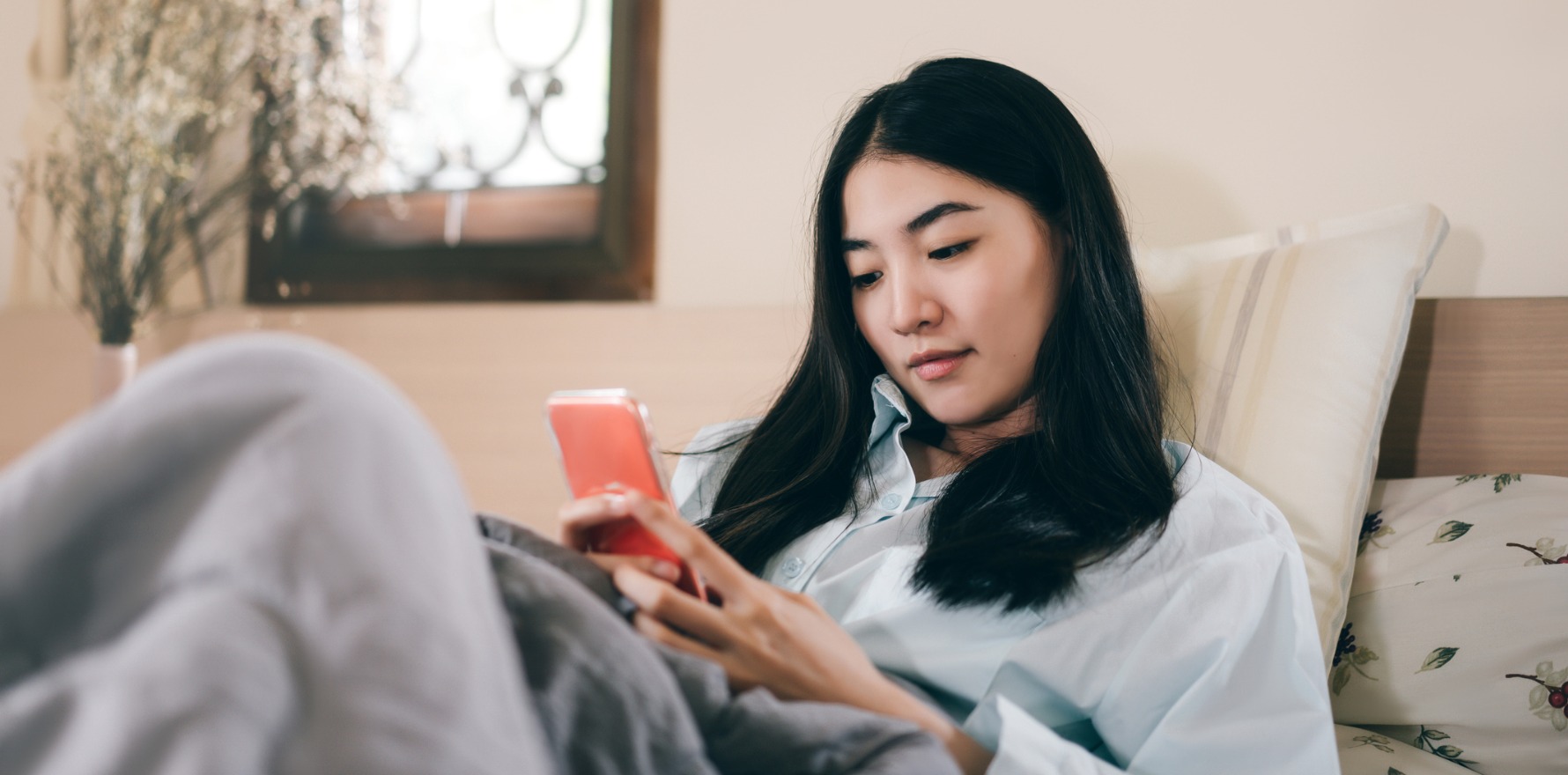Will slow and steady win the race for the My Health app?
Uptake of the My Health app has been sluggish since its “low key” launch in March, but $12 million and a ramp-up of consumer consultation should change that, say ADHA leaders.
Paul Creech, chief program officer at the Australian Digital Health Agency, is in charge of the “front door” or consumer-facing aspect of the My Health app.
He said that as the app originated during covid, consumer engagement was stymied. But engagement with the ADHA’s consumer advisory committee had provided the agency with a clearer way forward on how to work more effectively with consumers on what they both wanted and needed in the app.
That work was now under way with a ramp-up of consumer consultation with patients, clinicians and carers expected in the near future, Mr Creech said.
He added that there was now a stronger push from consumers for prompt access to their own health records.
“Consumers are not just keen to get their hands on this information,” he told Rheumatology Republic.
“They’re actually saying they want it straight away. We’re getting hundreds of inquiries that ask why they’ve got to wait seven days to access their own information.”
Mr Creech said that the consumer voice was driving changes in many ways and there was now a clearer understanding of how the My Health app could facilitate quicker access to health data.
Mr Creech acknowledged that although the format of pathology and imaging results was not “atomic data” as would be available in fully interoperable systems, the keenest need clinicians had was for quick results.
The ADHA’s chief digital officer Peter O’Halloran said the technology and capability was all there to provide immediate diagnostic results.
“Let’s just get the basics right and actually have the data flowing from day one so clinicians can treat the patient in front of them immediately,” he said.
Mr O’Halloran said 100,000 people had downloaded the My Health app and linked up their health records. He said more than 10% of the use of My Health Record was through the My Health app.
“There’s been no real promotion of it, we’re just letting it organically grow for people that need it and want it,” he said.
“Part of that is also because we’re now working with healthcare consumers to continue to get their feedback about what else they want to see in it.”
Mr O’Halloran leads the design and user experience (UX) of the smart phone app. He has been testing the customer experience and how people interact with the app.
“We bring groups together and engage with them actively covering everything from the basics – what type of functionality do they want – right through to the individual aspects such as what colour of the screen is best for contrast,” he said.
Mr O’Halloran’s team tests the software with consumers in a UX experience centre in the ADHA Sydney office. The UX centre includes eye tracking software to see what a consumer is looking for on the screen and captures the experience of consumers while they are using ADHA products.
The UX centre is now being used to start initial design for a range of other agency products and services, Mr O’Halloran said.
“We can actually emulate a GPs clinic or in a healthcare consumers room. We can also project workflows onto the floor and have people literally step through a workflow to see how pieces fit together,” he said.
Mr O’Halloran said that consumer feedback, which also includes app store reviews and call centre feedback, has informed the My Health app’s development roadmap for the next couple of years.
“There are more than 1700 consumers who are a part of that design process, 500 healthcare providers or clinicians, and 11 different software vendors that work with us on that work,” he said.
Mr O’Halloran said their approach to designing services and systems “now very much involves the whole healthcare sector”. He said that bringing all different kinds of consumers together into a [physical or virtual] room, gets a much better design that is more likely to work “when it hits the ground from day one”.
According to Mr O’Halloran, the investment of about $12 million into the My Health app this financial year, would allow the ADHA to keep adding the new functionality and features consumers have requested.
“Healthcare consumers are telling us they want to use the app as a single, digital front door to the Australian health system,” he told RR.
“They don’t want to have to understand how the healthcare system all fits together – the app can do that for them.”
Mr Creech said work was also under way with Medicare to try and create one smooth digital journey so the customer didn’t have to be chopping and changing between digital portals to fulfil their health needs.
“We want them to be able to do it all seamlessly,” Mr Creech said.
The ADHA has contractual agreements with health services such as ACCHOs and affiliates, with all the PHN and consumer bodies, “to help us deliver on these services both the design piece at the front end and the education awareness piece at the back end”, he said.
“The best tool in the world is not of any value to anybody, if nobody knows about it,” Mr Creech said.




